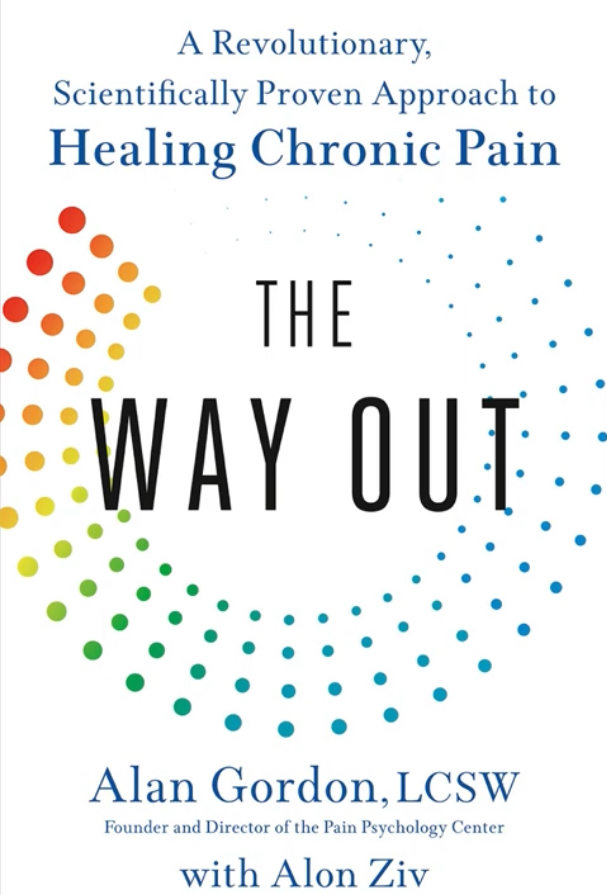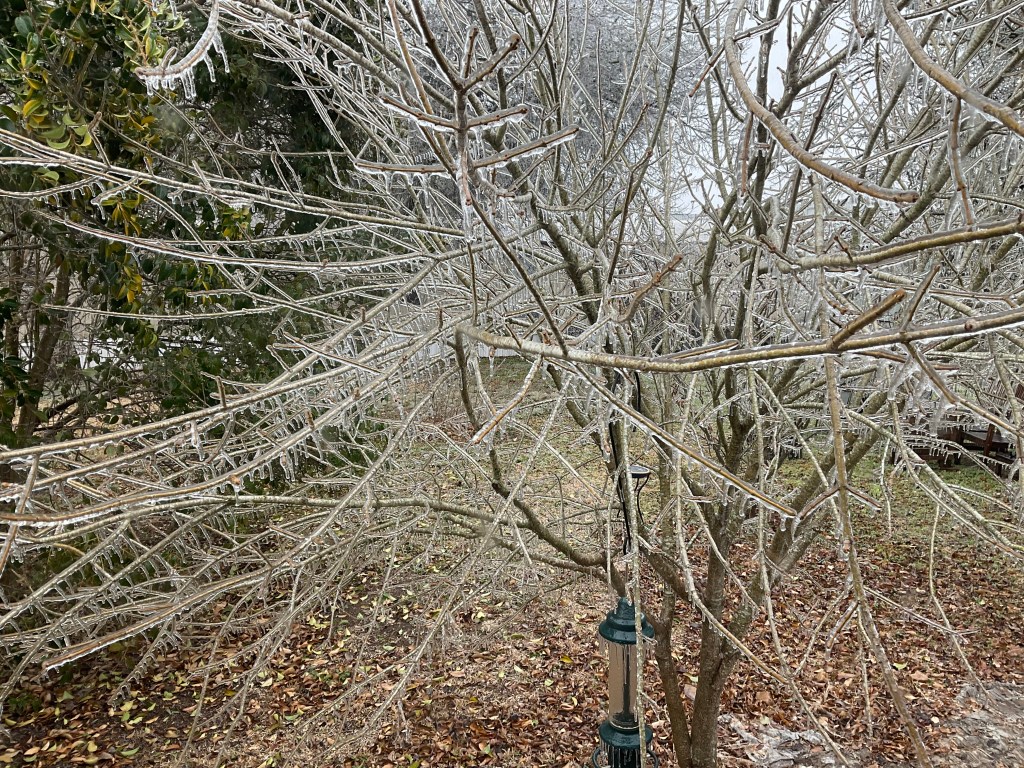My friend Duff McDuffee is a long-time hypnotherapist and coach in Boulder. I’m on his mailing list, and he recently shared an excerpt from his upcoming book, The Joy of Doing: Redesigning Work to Work for Everyone.
I loved the email I got from him this week so much that I asked him if I could share it here, and he graciously said yes.
In my bodywork practice, TMJ clients fill out an intake online when they schedule online. I ask them how they know they are stressed, how they reduce stress, and if they have a regular stress-reduction practice.
I ask about this because stress is highly correlated to tense jaw muscles, and I want my clients to be more aware of this.
Stress causes a lot of suffering, and not everyone gets the connection.
We can be quite stressed — even chronically —yet unaware of it. After I decided years ago to find out how relaxed I could get while awake and not using substances, after meditating daily for a while, my body began to feel different. I literally felt like I had softened and even expanded beyond my skin!
I realized that I had been feeling muscle tension from being guarded after a serious childhood trauma.
It was time to let go of that and enjoy my life. Being relaxed feels happier.
It’s not what you do to relax, it’s how you feel.
The title of Duff’s email, “Doing things in a relaxed way”, says it all. Many of us don’t know the difference between resting and relaxing.
I’ll let Duff explain. (Read it here or on his website).
Doing things in a relaxed way
Edmund Jacobson was an American doctor in the early 20th century.
And he was the man who practically invented “relaxation.”
Too Tense
Jacobson noticed that many of his patients had mysterious ailments.
They complained of symptoms such as insomnia, headache, fatigue, and indigestion.
Often they had high blood pressure, appeared nervous, or had angry outbursts.
But besides these symptoms, they seemed perfectly healthy.
Using a microvoltage machine, Jacobson measured the muscle tonus of these patients.
He discovered that they had more tension in their muscles, even just sitting there.
They were literally “tense.”
As a result, he called these conditions “tension disorders.”
In his poorly titled book for the public You Must Relax, Jacobson wrote,
“In non-medical terms the cause of tension disorder is excessive effort.”
Teaching Relaxation
To treat these tension disorders, Dr. Jacobson spent an hour each week with a patient, teaching them to deliberately relax their muscles.
Before Jacobson, doctors often prescribed “rest.”
But he noticed that rest was different than muscular relaxation.
For rest people often did stimulating activities that increased tension in the muscles and nervous system.
So relaxation was quite different than rest.
To teach his patients to relax, Jacobson first had them sit in a chair.
He instructed his patient to bend their right hand upwards at the wrist, noticing the feeling of tensing the forearm extensor muscles.
Then he had them relax this muscle, causing their hand to drop.
Feeling into the top of the forearm, he guided them to continue to relax more and more, feeling that muscle becoming more and more loose and limp.
He then repeated this exercise with the left hand.
And so on, for all the muscles.
Relaxing Progressively
Over many months, Dr. Jacobson slowly guided them through progressively relaxing every muscle in their body.
Hence the name of his technique, “Progressive Relaxation.”
He also gave his patients a homework assignment:
Every day, lie down for an hour in the morning and an hour at night.
For that hour, practice deeply relaxing all your muscles, one by one.
As Jacobson’s patients learned to relax their muscular system, they also relaxed their nervous system.
Then their mysterious symptoms often went away.
This was because their affliction was not caused by a bacteria, virus, or injury.
Their suffering was created by a chronic activation of the sympathetic nervous system, the “fight-or-flight response.”
Since muscles are controlled by the neuro-muscular system, relaxing the muscles relaxed the nerves.
And relaxed nerves lead to a relaxed body and mind.
Bringing Relaxation into Action
After mastering relaxation lying down, Jacobson advised his patients to practice relaxing while sitting upright.
Once they got the hang of that, he suggested trying to do simple tasks, such as reading the newspaper, while remaining totally relaxed.
The idea was to gradually extend this deep relaxation into more and more challenging activities, until they could ultimately bring it into work.
A stressful job was typically why a patient ended up in Dr. Jacobson’s office in the first place.
So he was helping people retrain their nervous systems to no longer get stressed while working.
He was linking up a profound state of relaxation with doing things that used to activate the nervous system.
Not Just for Hypnosis
Many hypnotists today use Progressive Muscle Relaxation as a way to induce a relaxed trance state.
So it’s still a valuable technique.
That said, we’ve mostly forgotten Jacobson’s original intention for his method.
The idea was to bring relaxation into activity.
Most people who do Progressive Muscle Relaxation spend five or ten minutes relaxing their muscles as a break.
This brings some minor relief.
But few people take the time to truly master relaxation, let alone learn to do difficult things in a relaxed way.
That’s a very different intention for the practice.
And it’s a way of doing things that could change your whole life.
Jacobson himself lived to 94 years old.
So maybe there’s something to this relaxation thing.
Have a relaxed week,
~Duff
Here’s a link to Duff’s Extreme Relaxation 16-minute hypnosis audio (51,000+ views on YouTube): https://www.youtube.com/watch?v=YIYhV7g_Q4Y
Get all the versions here (includes the 16-minute version, a 30-minute version, a sleep version that doesn’t take you out of the trance, and a delta wave binaural beats version — wear headphones) for as little as $2: https://boulderhypnosisworks.gumroad.com/l/extreme-relaxation
For more about Duff and all of his offerings, check out https://boulderhypnosisworks.com.





